What is a wave?
Waves can be fun. You can dive under them and jump over them. Watch them gently roll to shore or be awed by their power as they crash on the beach. So what are waves and how do they work?
How do waves form?
Waves are created by energy such as the wind. As the wind blows across the ocean passing through water it causes it to move in a circular motion.
Waves will form into a regular pattern of larger and smaller waves. The larger waves in the pattern are called sets. The smaller waves are referred to as the lull. The time between each wave crest is called the wave period and is measured in seconds.
Different conditions affect waves. It’s important to understand how waves work and what types of waves may be at the beach when you visit. Watch this video to learn more about how waves are formed.
- Wind Strength: The stronger the wind, the bigger the swell.
- Wind Direction: The wind needs to push the waves towards the beach for there to be surf. Sometimes beaches are also protected by headlands or reefs, which stop waves from reaching the beach.
- Wind Duration or Fetch: The distance the wind has been blown over the ocean. The bigger the fetch, the bigger and cleaner the surf will be.
Breaking waves on the beach

Plunging or dumping waves

Spilling or rolling waves

Surging waves

We are at the beach to help you. When you visit the beach come and see us and we can tell you about beach conditions and the safest place to swim.


